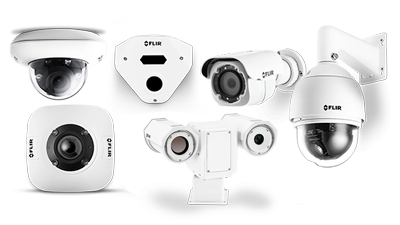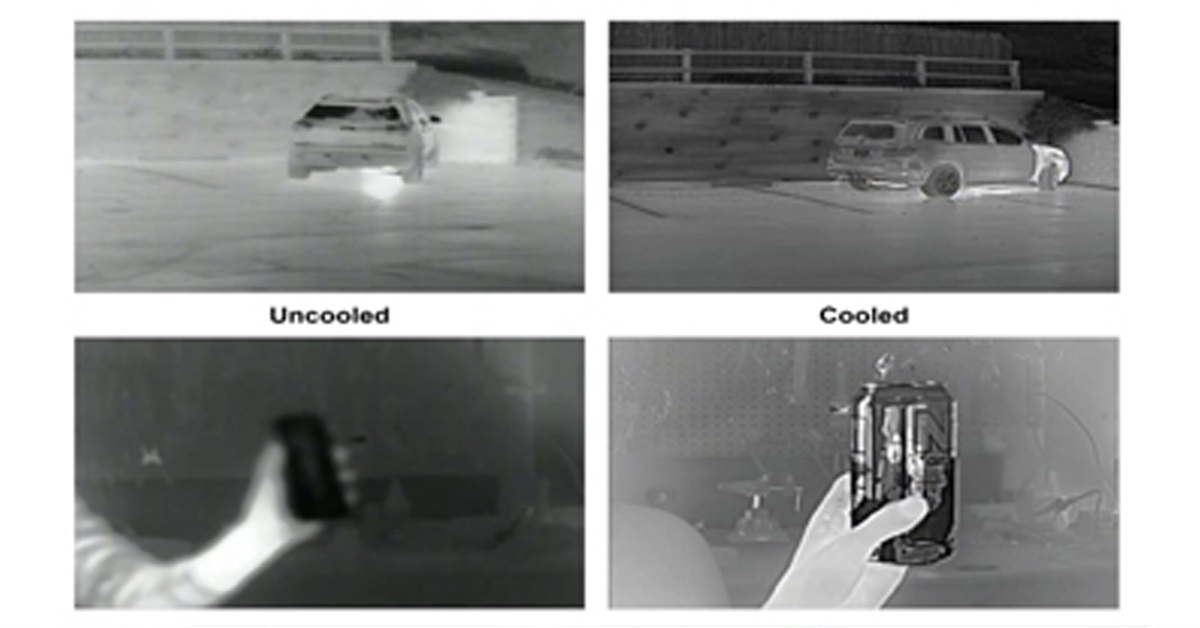
Case Study: Tackling Compressed Air Leaks in Automotive Parts Manufacturing with Acoustic Imaging
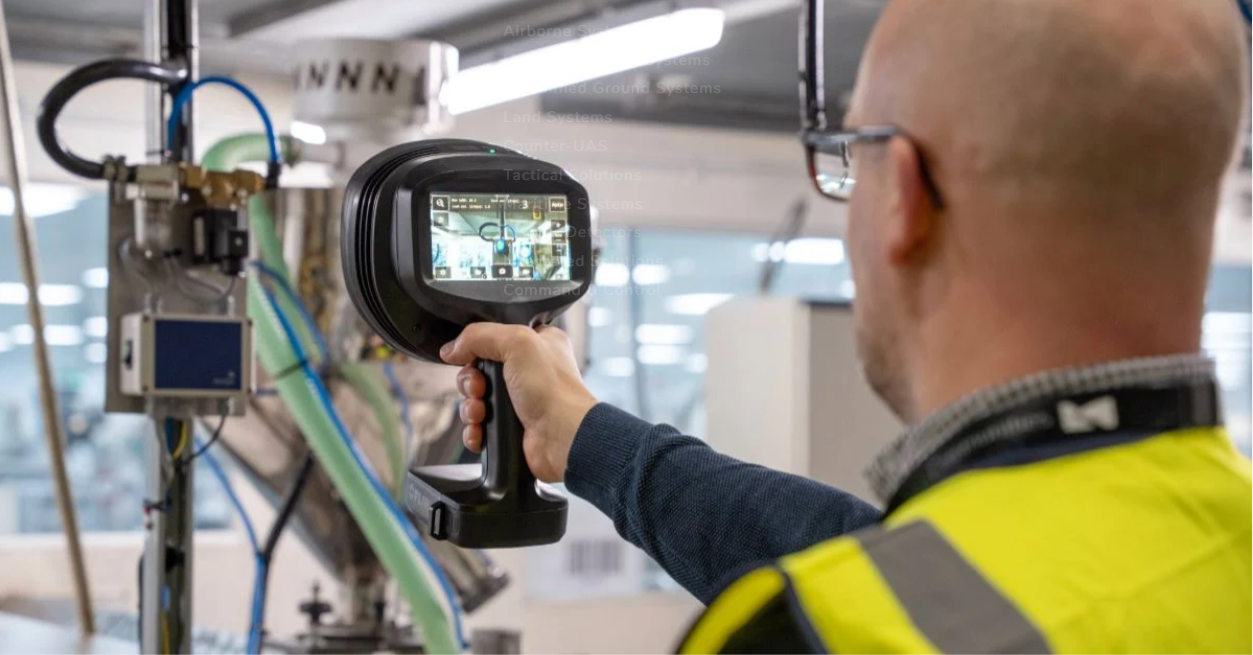
Facing rising energy costs and increasing pressure to meet CO₂ regulations, an automotive parts manufacturer explored the FLIR Si124 acoustic imaging camera for compressed air leak detection. This case study demonstrates how the tool streamlined inspections, uncovered hidden leaks, and enhanced maintenance efficiency within a noisy industrial environment.
Used to power production machinery like pneumatic tools, vacuum generators and actuators, compressed air is a critical commodity in the automotive parts manufacturing industry. With complex piping systems spread across large facilities, compressed air leaks are both common and costly. At one US automotive parts factory, the maintenance team was increasingly concerned about rising energy consumption, pressure drops, and frequent disruptions caused by undiagnosed leaks. Traditional detection methods had proved to be time-consuming, inconsistent, and difficult to use effectively in vast production areas filled with noise, making a more efficient inspection method necessary to keep operations running smoothly and reduce unnecessary energy loss and CO₂ emissions.
Testing the FLIR Si-Series Acoustic Imaging Camera: A Smarter Way to Detect Leaks
To address these issues, the factory's manufacturing engineer initiated a test of a FLIR Si-Series acoustic imaging camera. The goal was to evaluate whether the device could offer a faster, more reliable way to detect compressed air leaks during regular inspections without interrupting production.
The testing was carried out over a four-week period and focused on critical areas such as assembly lines powered by pneumatic tools, overhead compressed air lines and maintenance zones known for frequent small leaks. Although the constant air exhaust from actuators during production creates significant turbulence and noise—making it challenging to detect leaks inside the machines—the inspections were successfully carried out also during normal operating hours to reflect real-world conditions.
The Results: Faster Inspections and Clearer Insights
The acoustic camera instantly identified compressed air leaks and produced clear, real-time acoustic images. This made it easy to pinpoint leaks, even those hidden in overhead pipes or amidst dense machinery. The array of sensitive MEMS microphones and advanced sound processing capabilities effectively isolated even minute leak sounds from background noise, outperforming traditional tools that often struggle in noisy environments. The intuitive, easy to use design required minimal training, allowing for immediate use and efficient inspections.

(Air leak from a hose visualized with the Si-Series acoustic imaging camera.)
The captured acoustic images simplified the process of sharing findings by providing clear, visual data for the maintenance team. The ability to immediately quantify and label the leaks helped prioritize repairs and justify work orders, improving communication across departments. According to the manufacturing engineer, the device was also light, ergonomic, and designed with great attention to detail; for instance, the save button was placed conveniently to allow for continuous one-handed operation.
The results of the test inspections speak for themselves: after fixing just 15 of the 68 (22%) leaks discovered during the last inspection round, the company experienced a 54.6m3 per hour—15%—decrease in air usage, and a 230.4 kg per day reduction in CO2 emissions. Fixing just a fraction of the detected leaks resulted in annual electrical savings of over $4,000.
Overall, the FLIR Si-Series acoustic imaging camera proved to be a powerful solution to a costly, persistent problem. It allowed the manufacturing engineer to detect, document and report leaks quickly, reducing time spent on inspections and helping the maintenance team take immediate corrective action.
Key Benefits of Using a FLIR Si-Series Acoustic Imaging Camera:
- Accelerated Leak Detection: Identifies compressed air leaks up to ten times faster than traditional methods, even in noisy industrial environments.
- Real-Time Visualization and Quantification: Provides immediate high-resolution acoustic images and leak severity assessment, enabling in-the-field decision support.
- Cost and Energy Savings: By promptly identifying and repairing leaks, facilities can reduce energy consumption and operational costs, with potential savings of up to 20–40% of energy used for compressed air.
- Safe and User-Friendly Operation: Lightweight and designed for one-handed use, requiring minimal training and facilitating safe inspections in challenging environments.
- Seamless Data Management: Integrates with FLIR Thermal Studio Suite and Acoustic Camera Viewer Cloud Service for efficient data analysis, reporting, and storage.
- Improved Maintenance Planning: Provides clear visual data to prioritize repairs and justify maintenance decisions, enhancing communication across departments.
- CO₂ Emissions Reduction and Regulatory Compliance: Helps facilities decrease CO₂ emissions and meet environmental regulations and sustainability goals.
Blog Posts

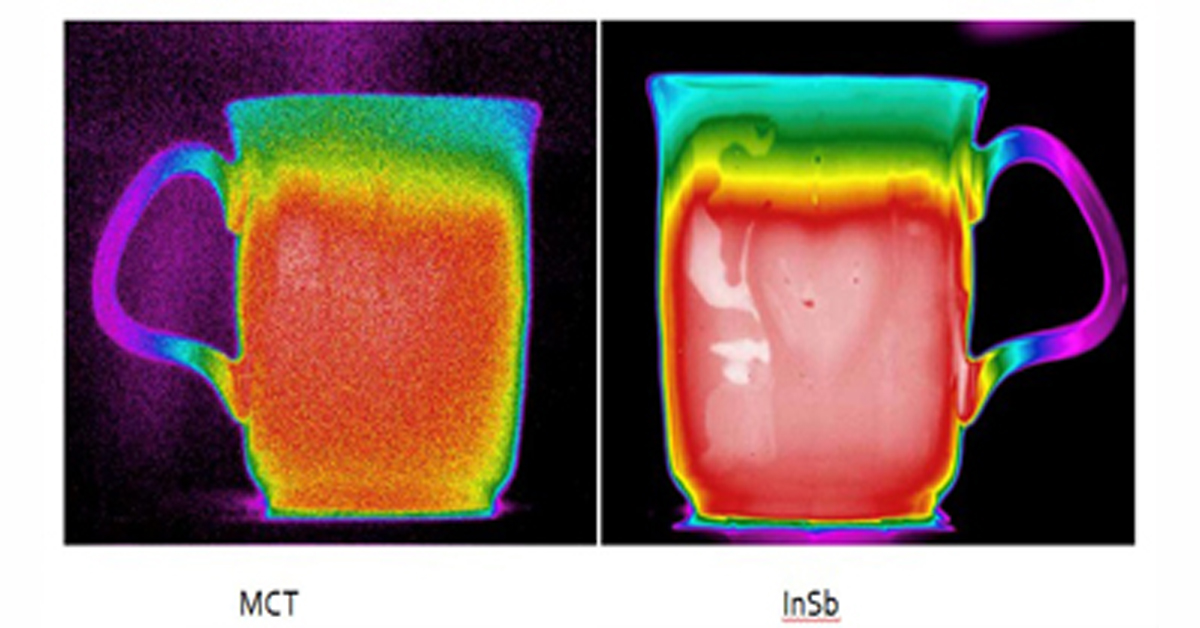
Thermal Camera Selection
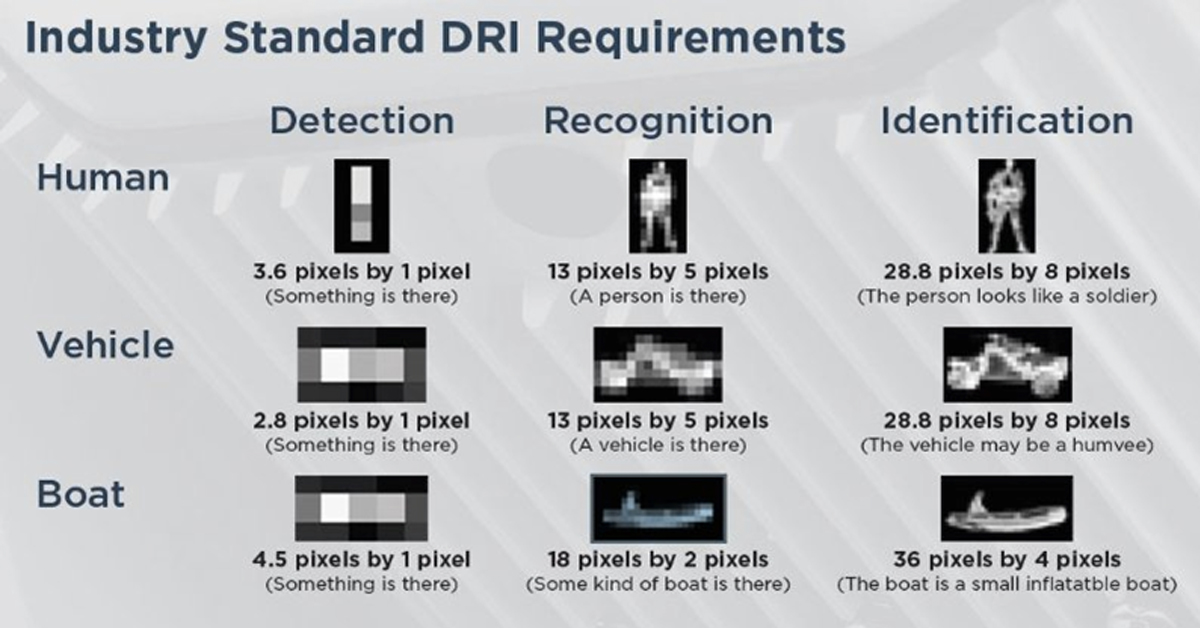
How Far Can I See?

How Should Human Temperature Be Measured?

What is Wide Dynamic Range?

MYNOISE AUDIO MIXER REVIEW

WHAT IS A WIRELESS DISTRIBUTION SYSTEM?

POE VS. POE+ VS. POE++: CHOOSING THE RIGHT INDUSTRIAL ETHERNET SWITCH FOR YOU
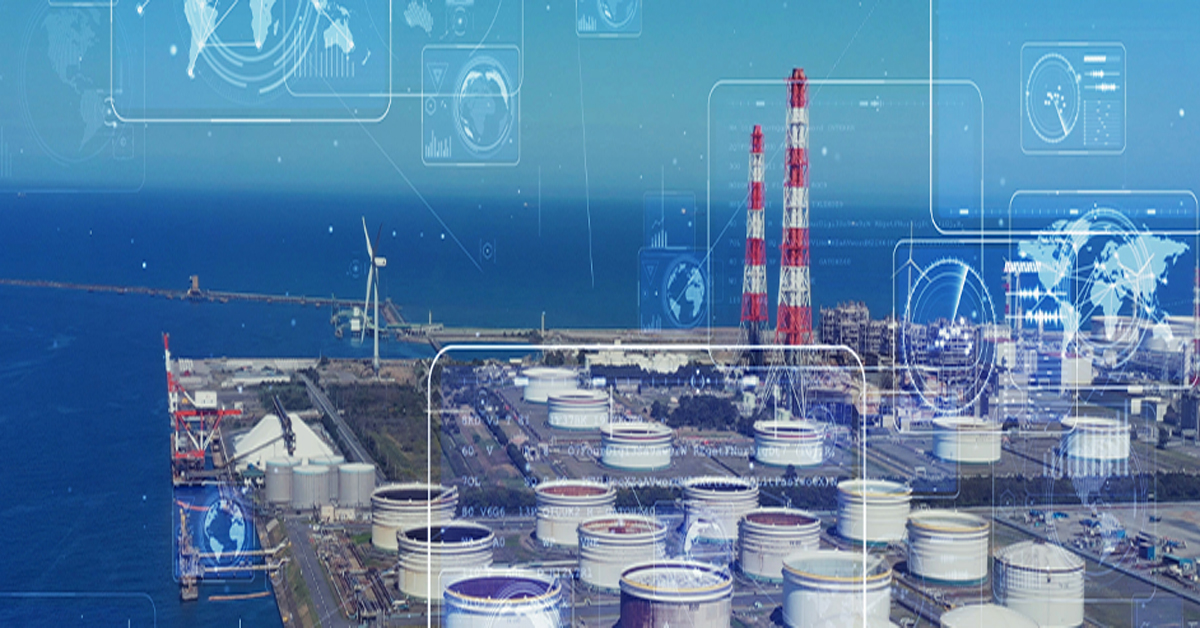
INDUSTRY-LEADING INDUSTRIAL ETHERNET SWITCHES

UNDERSTANDING WHAT THE INDUSTRIAL INTERNET OF THINGS IS

THE DIFFERENCE BETWEEN A HUB, SWITCH, & ROUTER
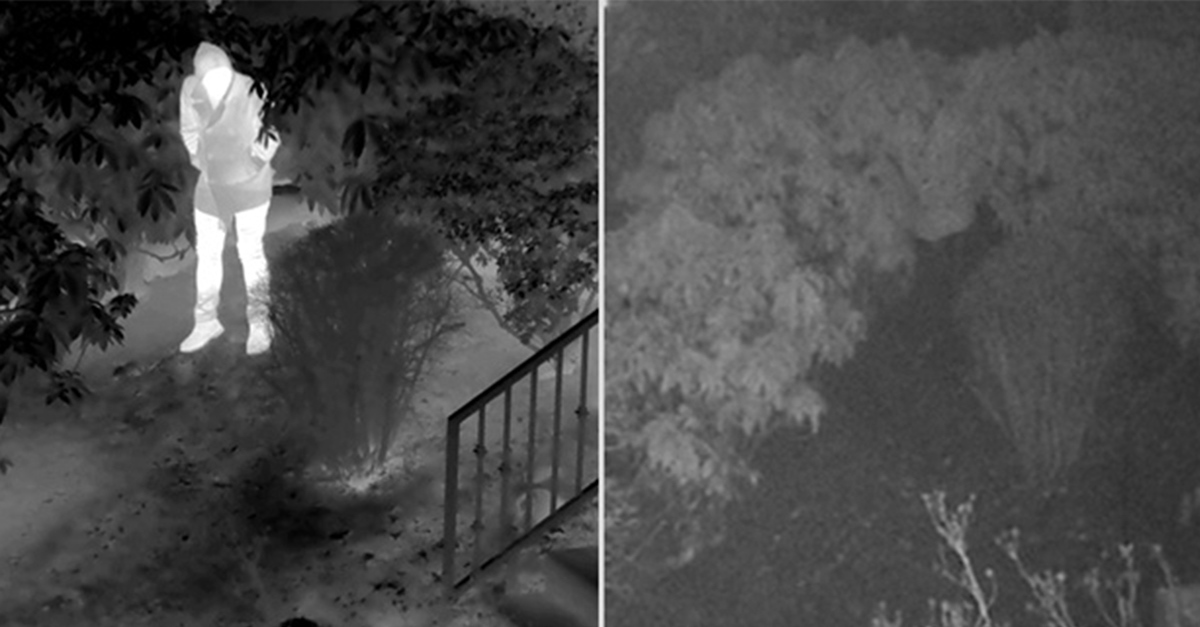
5 Benefits of Thermal Imaging Cameras

DIFFERENCE BETWEEN INDUSTRIAL ETHERNET AND REGULAR ETHERNET

INDUSTRIAL NETWORKING EQUIPMENT USED FOR AUTONOMOUS VEHICLES

CYBERSECURITY: PROTECTING INDUSTRIAL CONTROL SYSTEMS

HOW INDUSTRIAL NETWORKING CAN PROVIDE SECURITY FROM DRONES
.webp)
Thermal Cameras Reveal How to Keep Your Home Cool During a Heat Wave

FLıR ONE PRO
.png)
Unmatched Maritime Awareness with Cooled Thermal Imaging
.png)
What Is the Right Handheld Thermal Camera for You?
.png)
Camera Resolution and Range
.png)
Special Applications for Marine Cameras
.png)
What’s The Difference between Thermal Imaging and Night Vision?
.png)
Can Thermal Imaging See Through Fog and Rain?
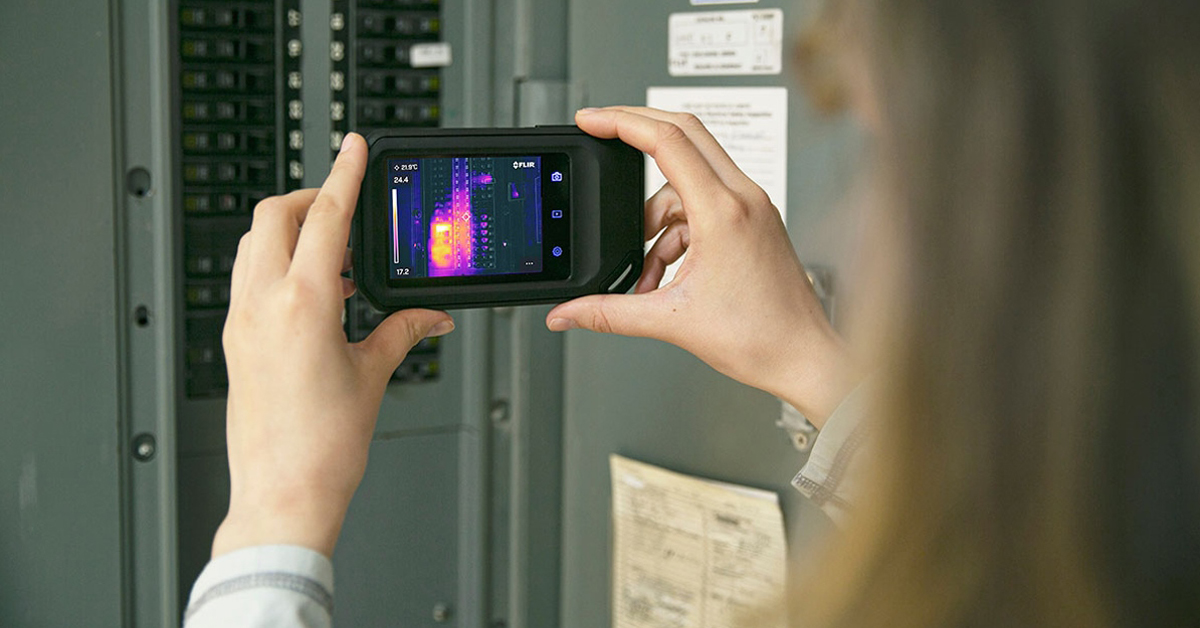
Which Cx-Series Camera Is Right for You?
.png)
What is MSX®?
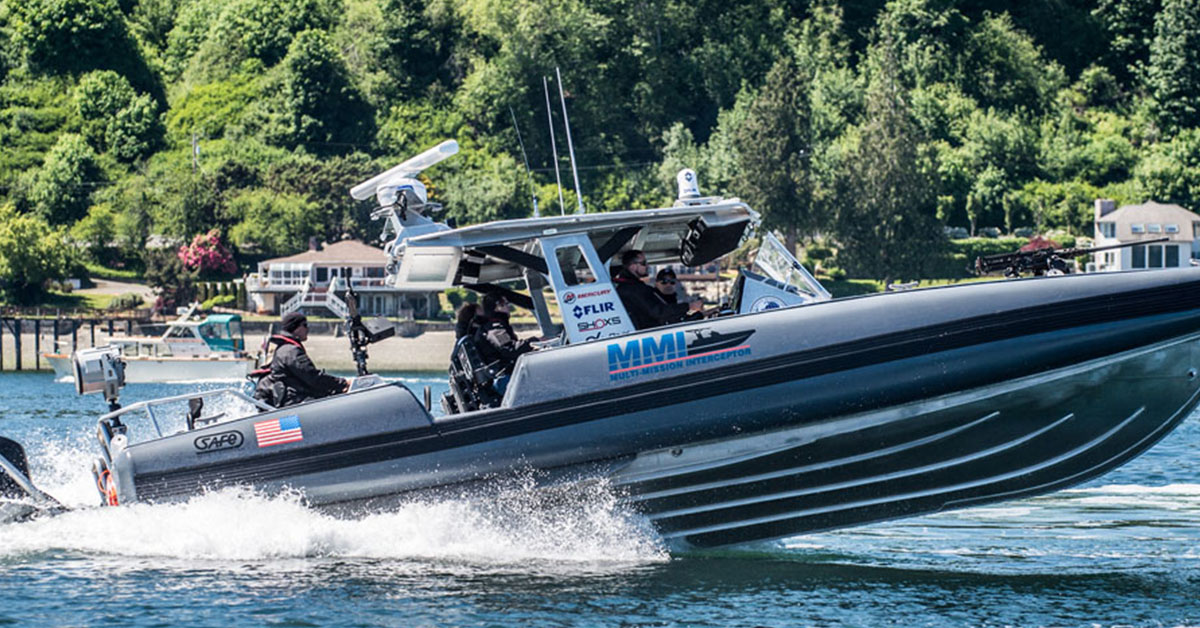
Five Reasons Maritime First Responders Need Thermal Imaging
.png)
3 Distinguishing Features of Superior Thermal Cameras
.png)
Determine Which Visible and Thermal Security Cameras You Need
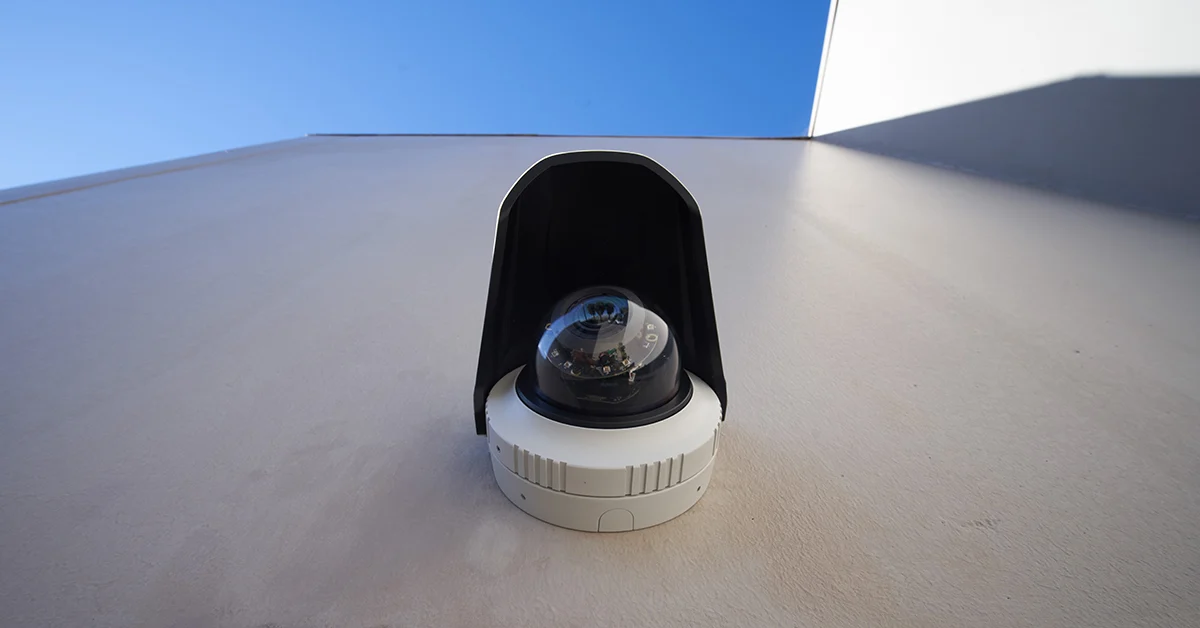
Bullet vs. PTZ vs. Dome: Which Security Camera Is Right for You?

Interfaces for Machine Vision

Machine Vision Sensor Review
.png)
Teledyne FLIR, the Industry Leader, Launches Boson +, a Long-Wave Infrared Thermal Imager Module with an Accuracy of Less Than 20 mK
.png)
Whitepaper: IP-Based Security Convergence
.png)
3 Technologies Transforming Safe Cities into Smart Cities
.png)
Insights from the Field: Ensuring Workplace Safety Using Thermal Camera Screening for Entry Control

Thermal Night Vision as a Force Multiplier

Can Thermal Imaging See Through Walls? And Other Common Questions
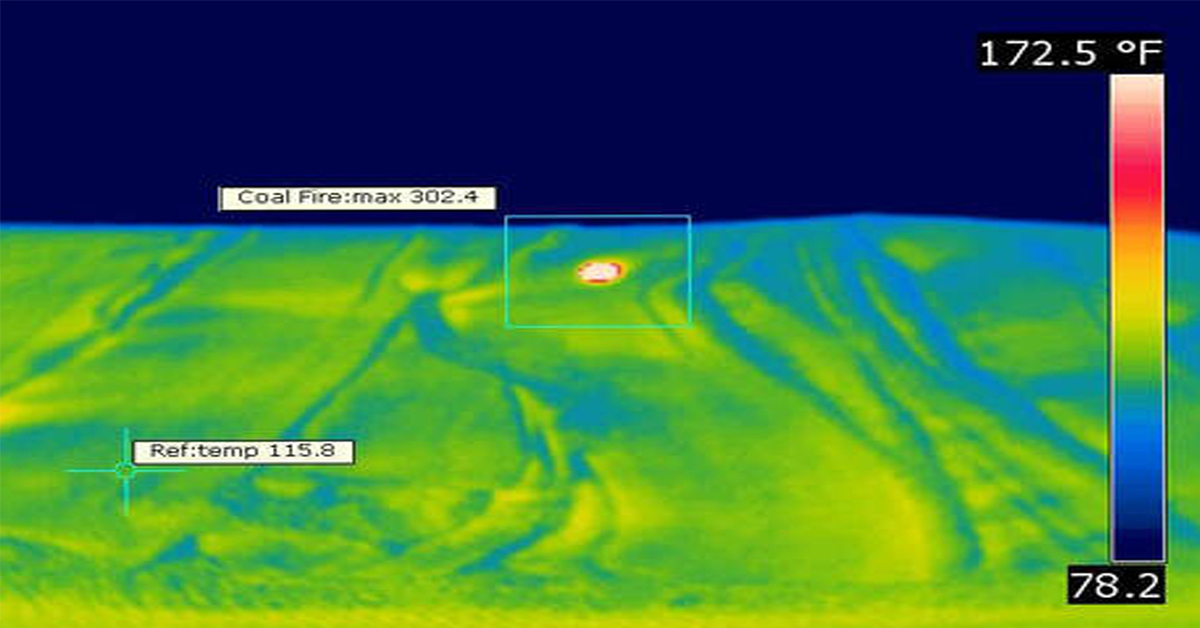
Application Spotlight: Early Fire Detection for Rapid Heat Generation

Protect Personnel and Equipment by Detecting Early Signs of Fire
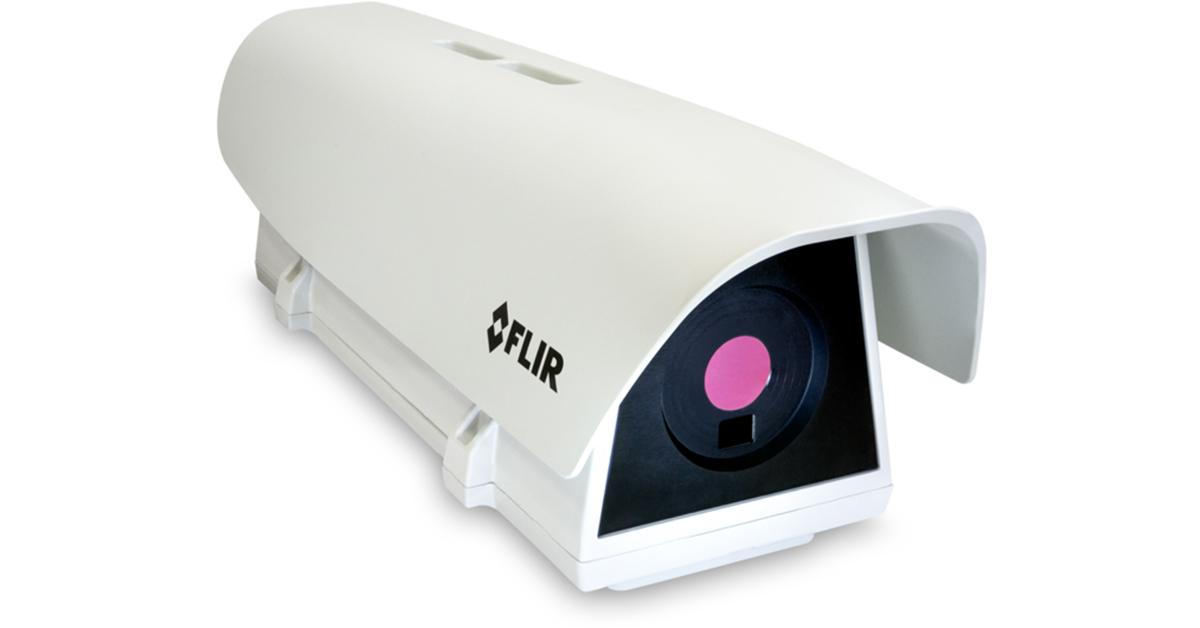
Teledyne FLIR Launches A500f/A700f Cameras for Fire Detection and Condition Monitoring
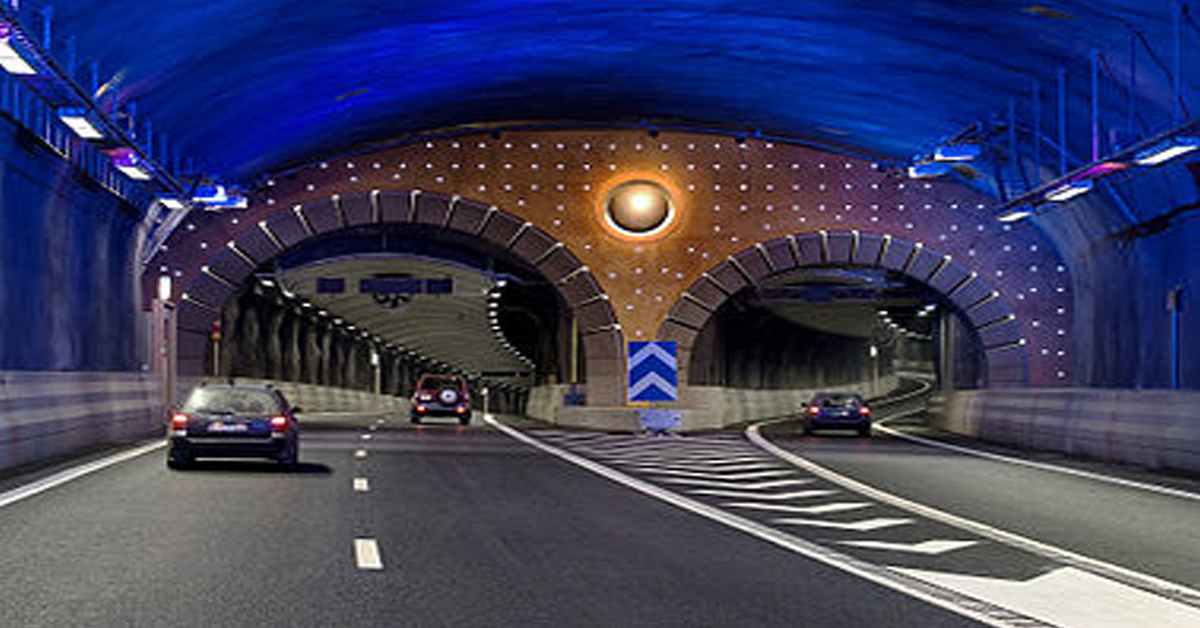
Thermal Imaging Cameras Help Guarantee Fire Safety in Tunnels
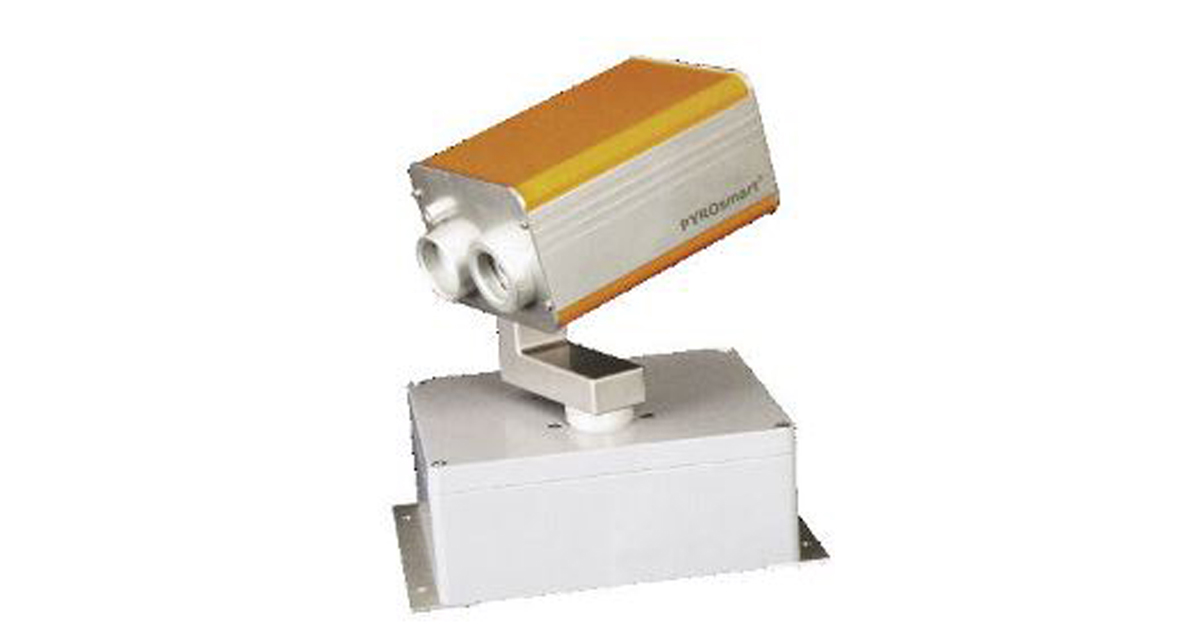
Thermal Imaging Cameras Help to Prevent Fires

ITS-Series Dual AID Surpasses Standards for Fire Detection Systems in Japan
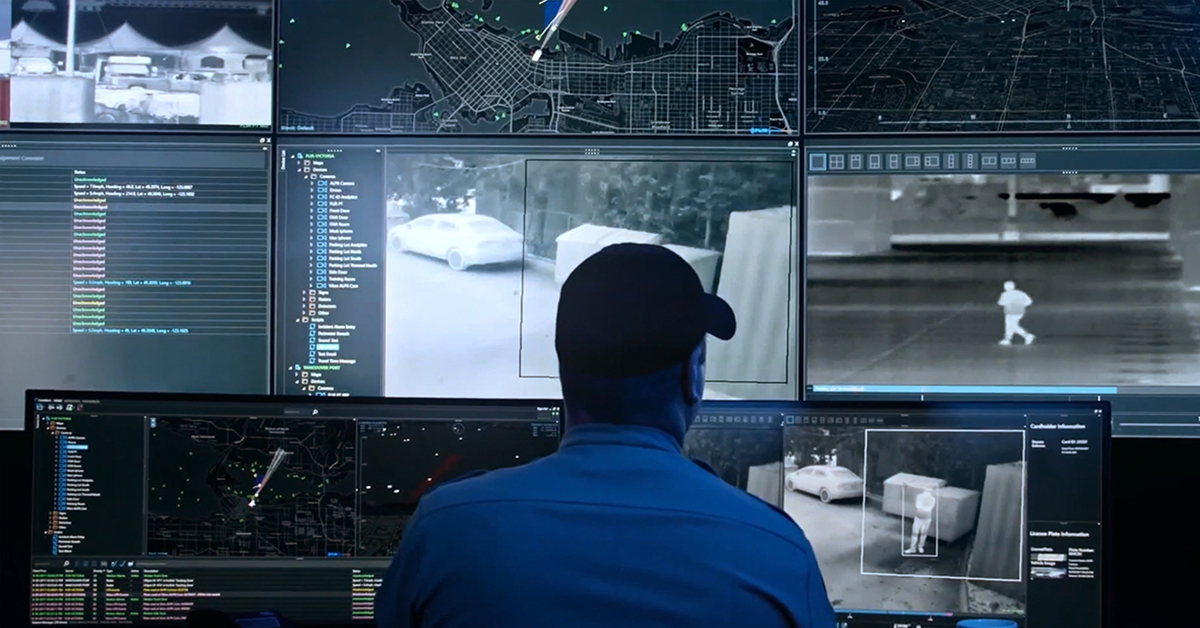
How Layering Multispectral PTZ Cameras and Radars Improve Perimeter Protection
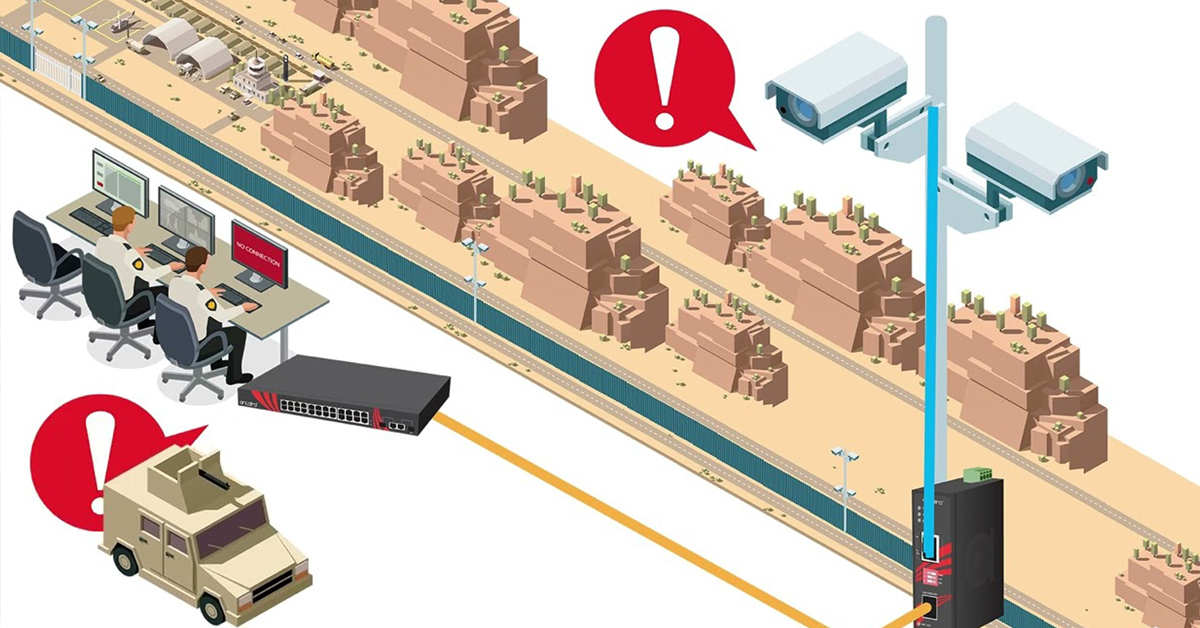
POWER REMOTE RESET TECHNOLOGY - PRRT

Why Yacht Owners are Adding Thermal Imaging Cameras to Minimise the Risk of Lithium-Ion Battery Fires?
.png)
Intelligent Transportation Systems

Best Practices Guide for Perimeter Security Applications

Protect Pedestrians, Bicyclists and More with Thermal Smart Sensors
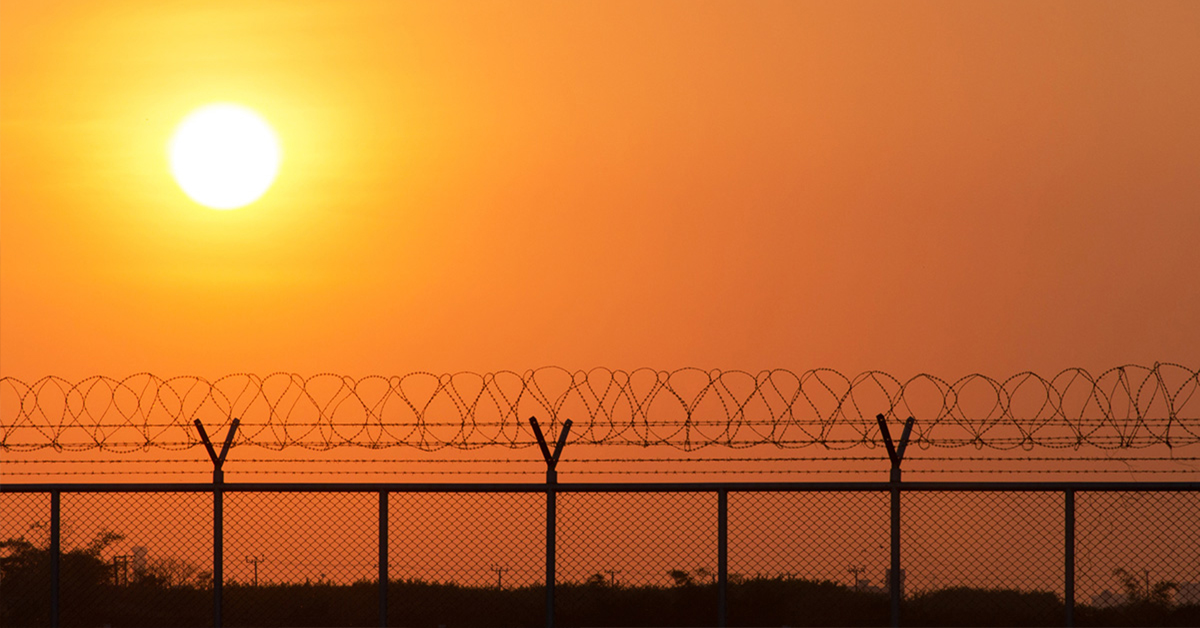
White Paper: Application of Ground-Based Security Radar to Perimeter Systems

What is Thermal Leakage and How to Reduce Its Risks
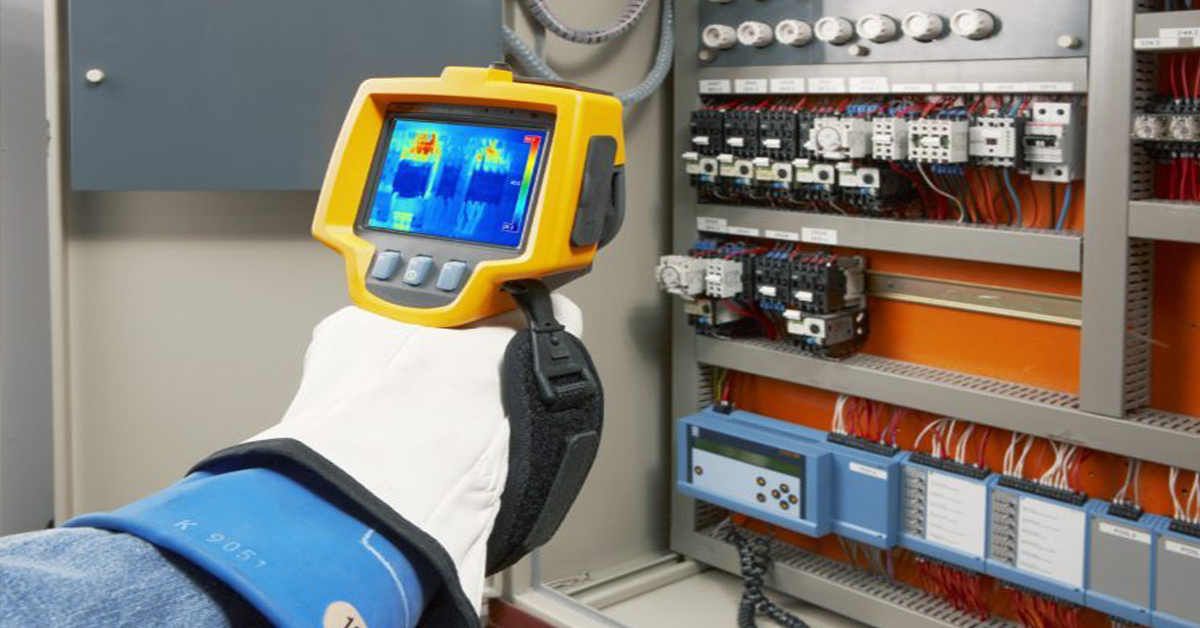
Battery Inspection Using Advanced Thermography

Providing ire Protection for Lithium Battery Storage
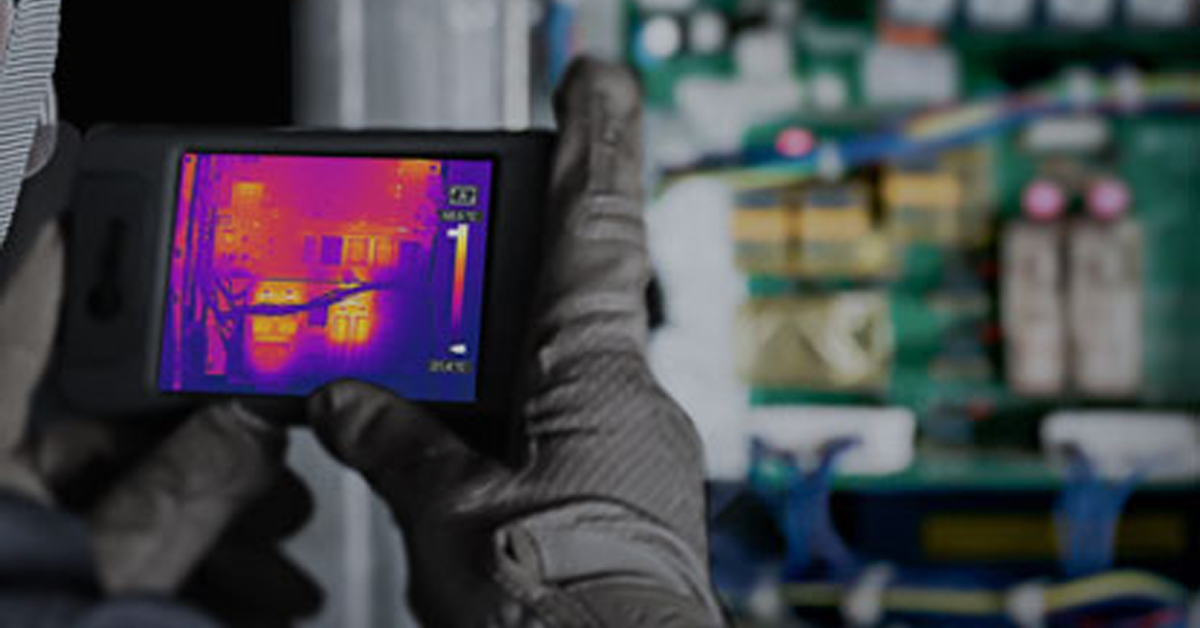
The Power of Thermal Imaging
.png)
Why Panel PCs Are Perfect For Industrial Applications?
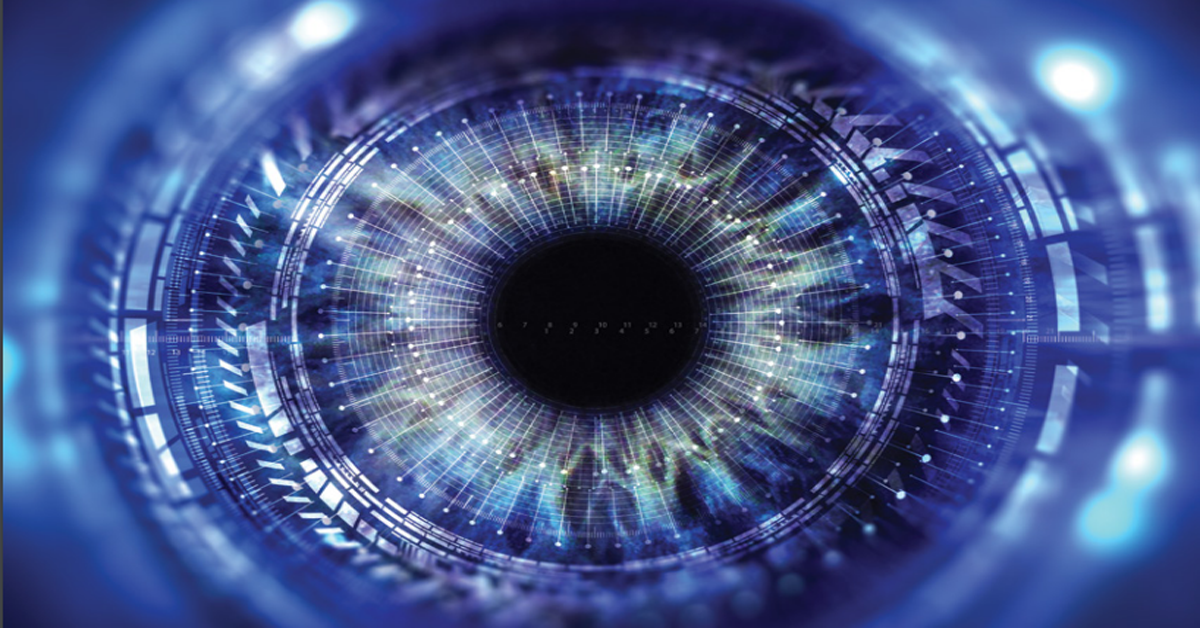
Teledyne DALSA
.png)
Advantages of Virtual Barrier Video Analytics for Perimeter Security Systems
.png)
.png)
NASA Takes the Teledyne FLIR Boson Thermal Camera Module Out of this World
.png)
Port Security Enhancement: DP World Yarımca's Trust in FLIR Security Solutions for Effective and Safe Port Operations
.png)
The Importance of Thermal Sensitivity (NETD) for Detection Accuracy
.png)
Bosphorus Boat Show 2025: The Meeting Point of the Maritime World

Application Spotlight: Critical Asset Monitoring for Thermal Conditions
.png)
Thermal Imaging for Marine Firefighting
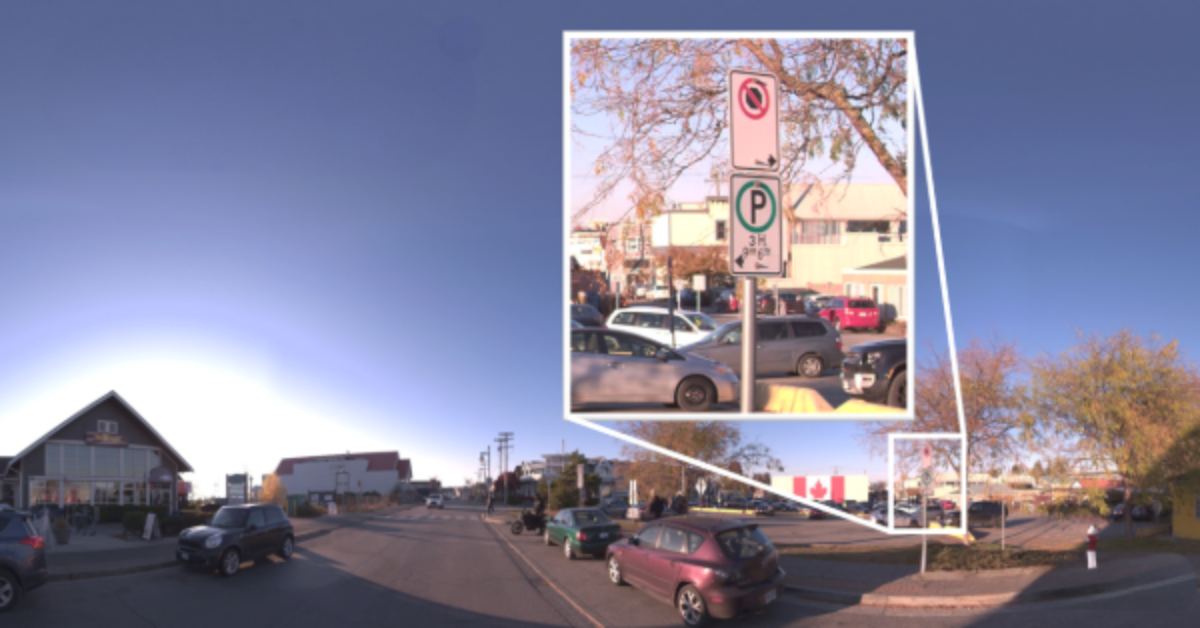
Imaging in Mobile Mapping
.png)
Using Thermal Imaging for Oil Spill Detection
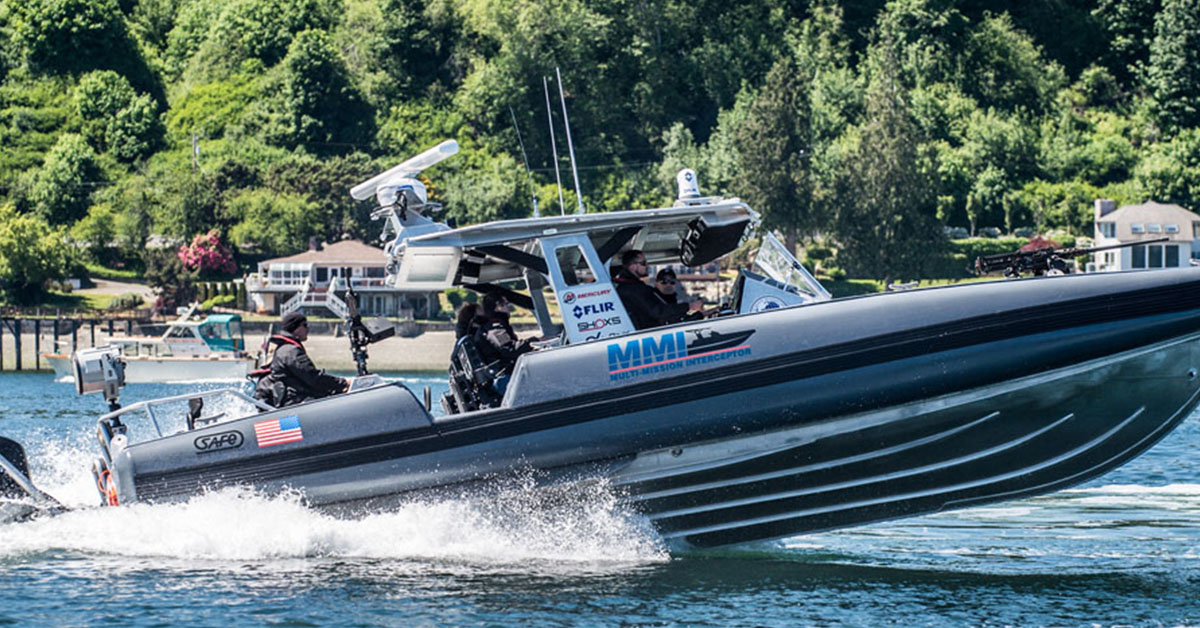
Five Reasons Maritime First Responders Need Thermal Imaging
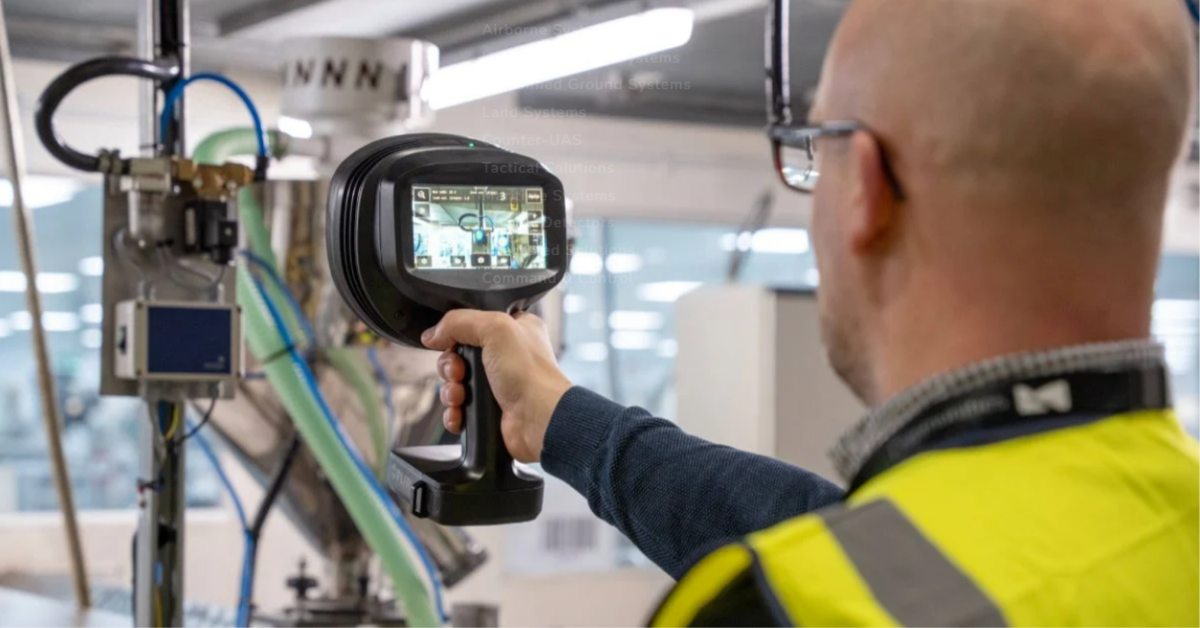
Case Study: Tackling Compressed Air Leaks in Automotive Parts Manufacturing with Acoustic Imaging
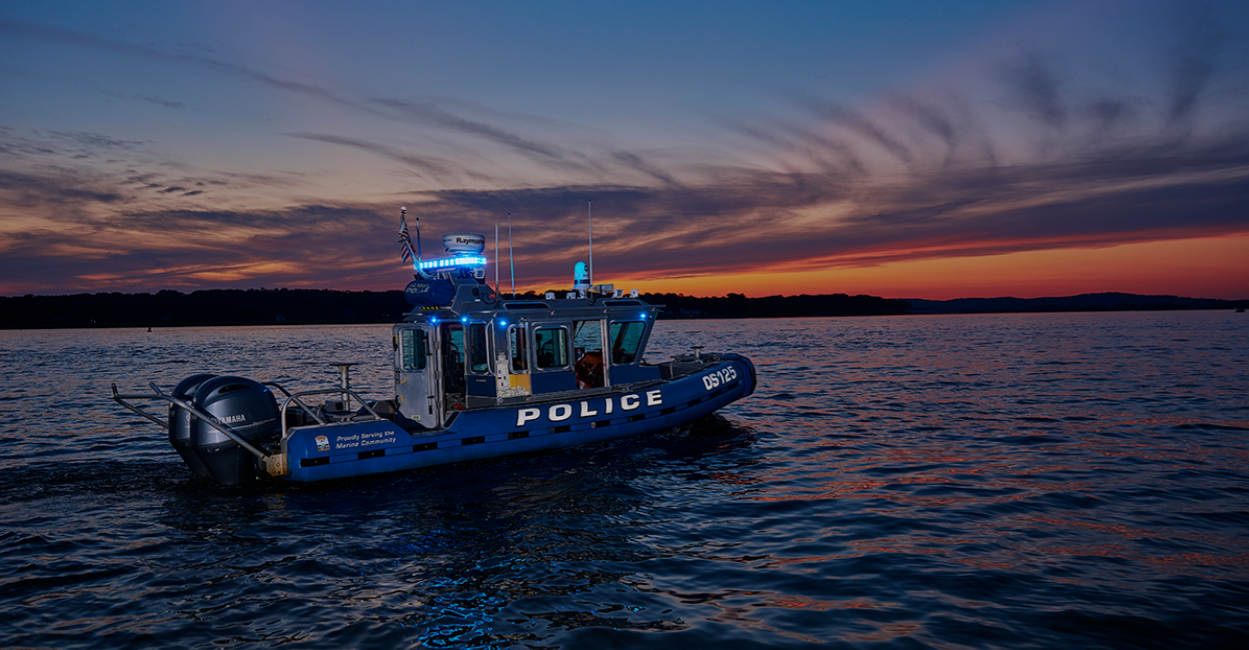
Thermal Night Vision as a Force Multiplier
.png)
Line Scan Contact Image Sensor - AxCIS
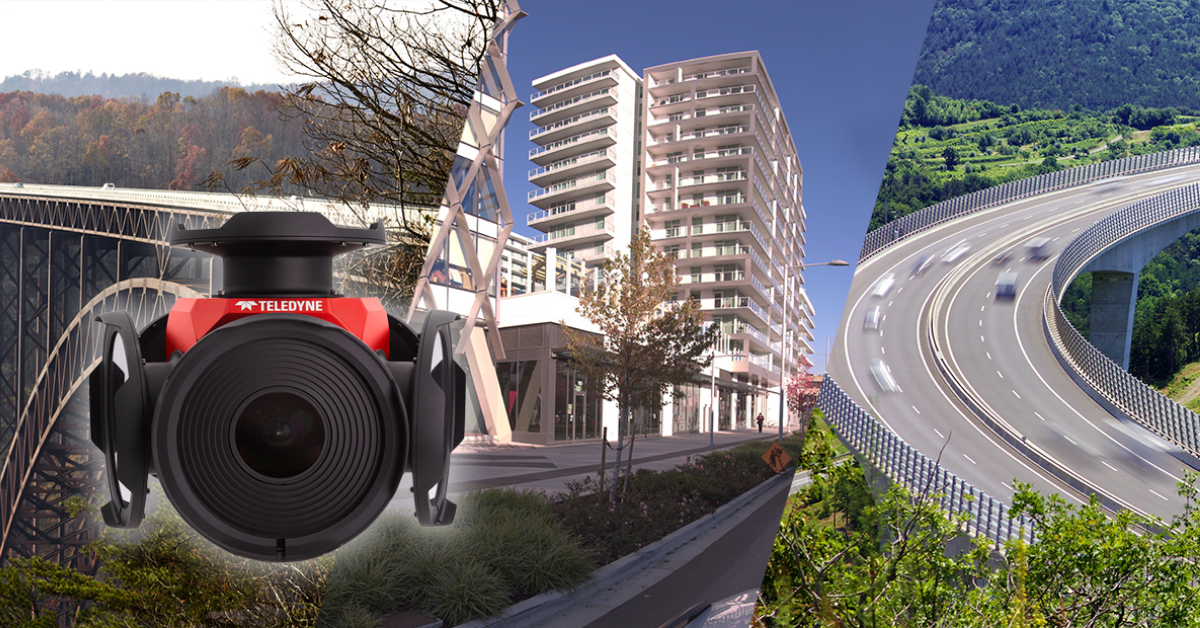
Beyond Resolution: What Really Makes a Camera System Work for Mobile Mapping
.png)
Multispectral Marine Cameras for USV Applications
.png)
Stabilizing FLIR Cameras for Smooth Viewing in Rough Waters
 (1).png)

